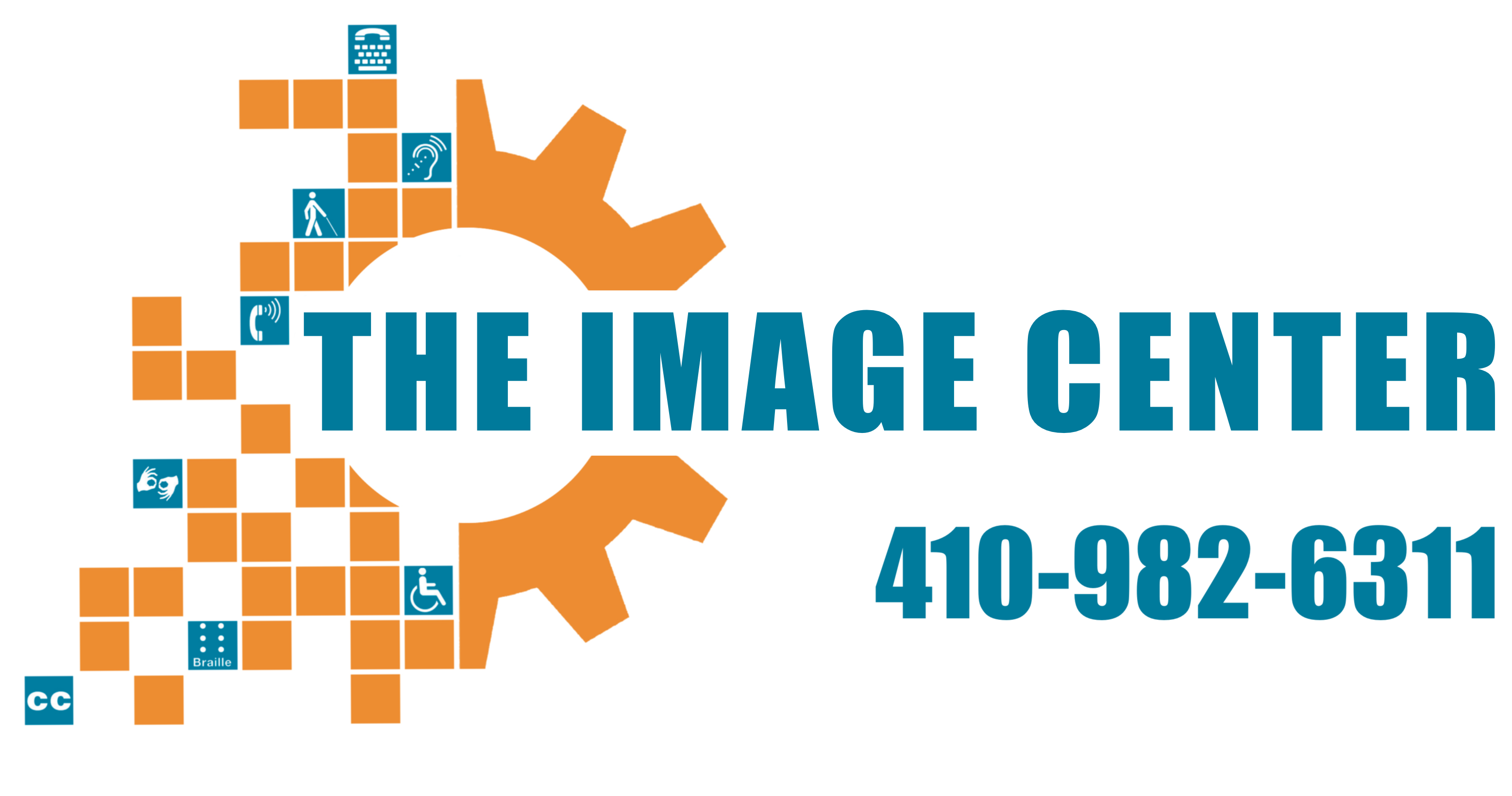Using Technology for the Details When traveling with a white cane, individuals have many techniques that they use to obtain the information they need to go where they want to go. A summary of these techniques can be found in last week’s post, Useful Apps for Navigation: Google Maps and Blind Square. At the Bridges […]
Category: Series: Orientation October 2021
Techniques for Travel When a person travels using their white cane, they have lots of techniques for learning a new environment and exploring their surroundings at their disposal. Asking questions of passersby such as clarifying which block a destination is on, asking what intersection one is standing at, or inquiring which building is next to […]
What Type of Cane Should I Buy? White cane users all have their individual preferences on what makes the most useful white cane. Here are some valuable questions to consider as you evaluate the type of cane you want to use: How heavy do I want my cane to be? — Some prefer a heavier […]
History of the White Cane In older literature and in written accounts of daily life, it is common to read that a person who was blind/had low vision used a long object such as a branch or metal pole while walking to give them information about the ground in front of them so that they […]
